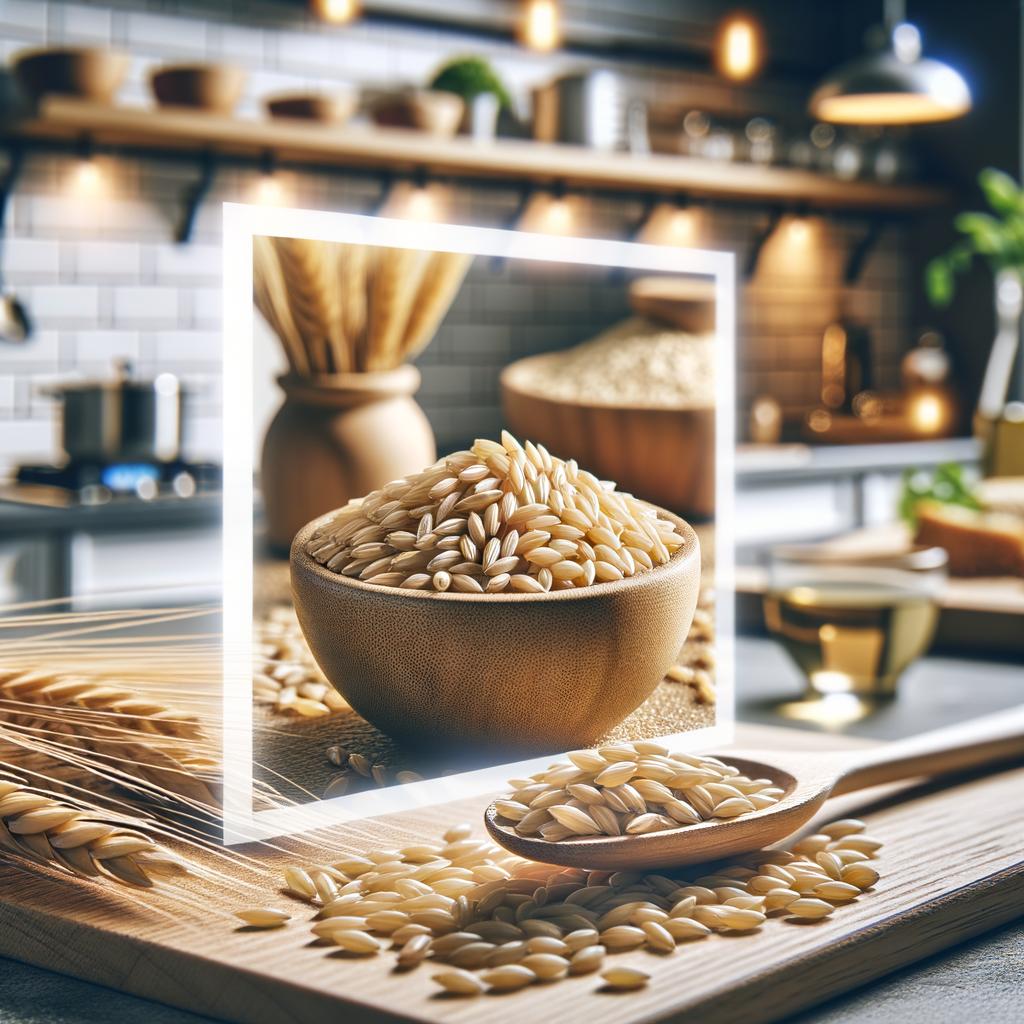Pearl Barley

Description
Pearl barley, a gem among grains, is a wonderfully versatile ingredient with a rich, nutty flavor and a delightful, chewy texture. Its appearance is akin to an enchanting, small, pearly bead, hence its name. Unlike its close relative, hulled barley, pearl barley has been polished, or "pearled," to remove the tough outer hull and bran layer, which gives it a lighter color and smoother texture. This polishing process not only bestows it with a unique, glossy appearance but also allows it to absorb flavors more readily and cook faster than other types of barley.
Primary Uses
Pearl barley is a culinary chameleon, fitting seamlessly into a wide array of dishes across various cuisines. From the hearty, warming stews of Eastern Europe to the refreshing, vibrant salads of the Mediterranean, pearl barley adds a robust, satisfying element. It is often used as a healthier, more flavorful alternative to rice in risottos, or as a bulking ingredient in soups and casseroles. Beyond its culinary uses, pearl barley also has a place in traditional medicine, particularly in China, where it is used to aid digestion and promote a healthy spleen.
History
The history of barley is as rich and varied as its uses. Believed to be one of the oldest cultivated grains, barley has been feeding civilizations for thousands of years, from the ancient Egyptians to the Greeks and Romans. Pearl barley, however, gained popularity during the Industrial Revolution when the pearling process was mechanized, making it more accessible to the masses. Barley has been steeped in folklore and myth; in ancient Rome, it was considered a food of the gladiators, believed to provide strength and stamina. Over time, the use of pearl barley has evolved from a staple food of the poor to a trendy ingredient in modern, health-conscious cooking.
Nutritional Information
Pearl barley is not just a delightful addition to meals, but it's also a nutritional powerhouse. Despite the removal of its outer hull, it retains a good amount of fiber, making it a heart-healthy choice. It's also a great source of vitamins and minerals, including vitamin B, iron, and selenium. Plus, it provides a decent amount of protein. Although pearl barley may not have as much fiber as hulled barley, it still outshines white rice and pasta in terms of nutritional value. Consuming pearl barley can aid in digestion, lower cholesterol, and provide sustained energy, making it a smart choice for those seeking a balance of taste and health. As with all foods, moderation is key to enjoying the benefits of pearl barley without consuming too many calories.

